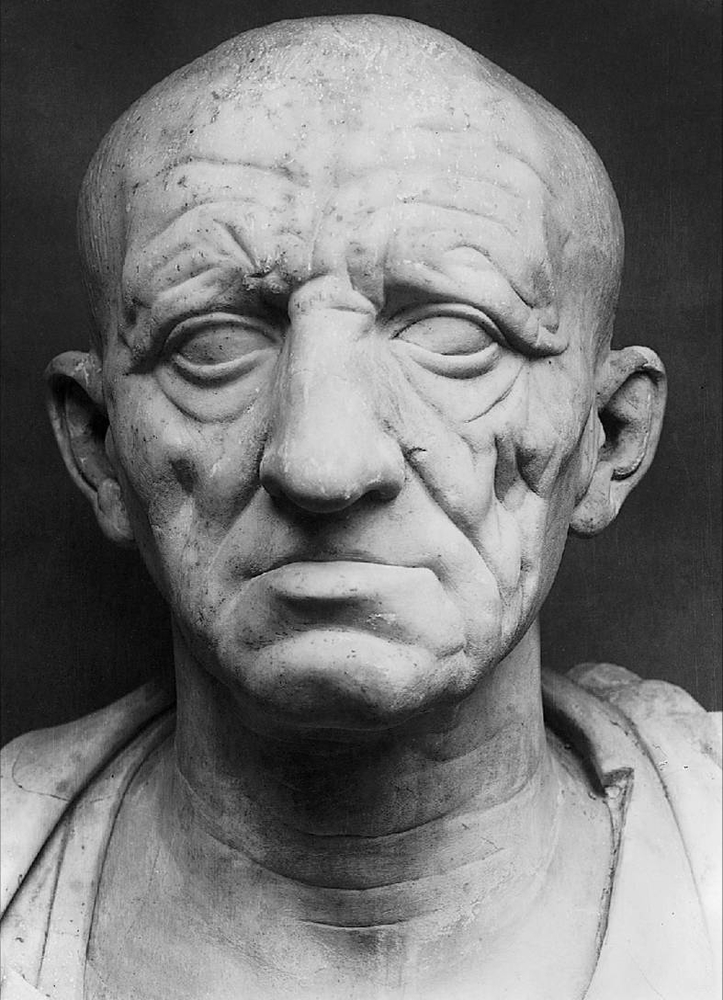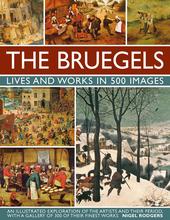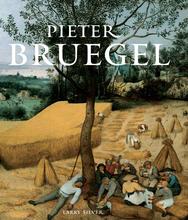More about Netherlandish Proverbs
- All
- Info
- Shop

Contributor
Pieter Bruegel decided to show just how wild and crazy those Netherland proverbs can be in this delightful painting.
As anyone with a foreign parent can tell you, idioms don’t make a lick of sense (what? How do you lick a sense?). This painting fits in well with the popular theme of “The World Turned Upside Down” seen throughout literature and art in the 16th and 17th centuries. The World Turned Upside Down would include all kinds of wacky images of things like a horse pulling a cart, a young child taking care of a parent, or—craziest of all—a woman being in charge (gasp).
But in this case, it’s someone being way too literal. Sort of like if that big guy in Guardians of The Galaxy whose name no one can remember painted his confusion onto the canvas. From an American perspective, this painting is an incredible amount of fun because we can guess what the proverbs are. “Don’t build your roof out of coins” which, of course, means that the most expensive thing isn’t always the best thing. “Hugging a pole” = masturbating! Teehee, I'm a mature adult, promise.
Okay, it turns out that those are not coins on the roof; they are tarts. And “to have a roof tiled with tarts” means you’re rolling in the dough! (See what I did there?) The other one, which apparently means “to be a pillar biter,” means being a religious hypocrite. I’m going to call that one a win! Anyway, there are about 112 proverbs to try to decipher. That sounds like it could be a drinking game.

Contributor
112 Dutch proverbs are illustrated in this painting.. We include the first twelve, and you can look the other hundred up yourself.
1) To even be able to tie the devil to a pillow (to be persistent)
2) To be a pillar-biter (a religious hypocrite)
3) Never believe someone who carries fire in one hand and water in the other (beware two faced liars)
4) To bang one's head against a brick wall
5) One foot shod, the other bare (balance is important)
6) The sow pulls the bung (negligence leads to disaster)
7) To bell the cat (to do what is necessary but extremely dangerous)
8) To be armed to the teat
9) To put your armor on (to get angry)
10) One shears sheep, the other shears pigs (life is unfair)
11) Shear them but do not skin them (don't get too greedy)
12) The herring does not fry here (it's not going as planned)
Pieter Brueghel the Elder's son, Pieter Brueghel the Younger, liked to paint copies of dad's paintings and while he didn't try to pass off his own paintings as dad's he wasn't super forthcoming with who painted what.
Featured Content
Here is what Wikipedia says about Netherlandish Proverbs
Netherlandish Proverbs (Dutch: Nederlandse Spreekwoorden; also called Flemish Proverbs, The Blue Cloak or The Topsy Turvy World) is a 1559 oil-on-oak-panel painting by Pieter Bruegel the Elder that depicts a scene in which humans and, to a lesser extent, animals and objects, offer literal illustrations of Dutch-language proverbs and idioms.
Running themes in Bruegel's paintings that appear in Netherlandish Proverbs are the absurdity, wickedness and foolishness of humans. Its original title, The Blue Cloak or The Folly of the World, indicates that Bruegel's intent was not just to illustrate proverbs, but rather to catalogue human folly. Many of the people depicted show the characteristic blank features that Bruegel used to portray fools.
His son, Pieter Brueghel the Younger, specialised in making copies of his father's work and painted at least 16 copies of Netherlandish Proverbs. Not all versions of the painting, by father or son, show exactly the same proverbs and they also differ in other minor details. The original work by Bruegel the Elder is in the collection of the Gemäldegalerie, Berlin, with the copies in numerous other collections (see below).
Check out the full Wikipedia article about Netherlandish Proverbs

















